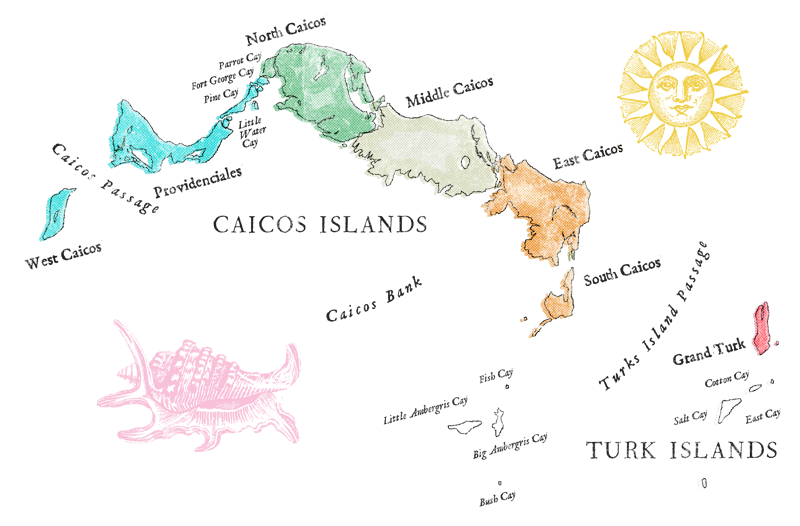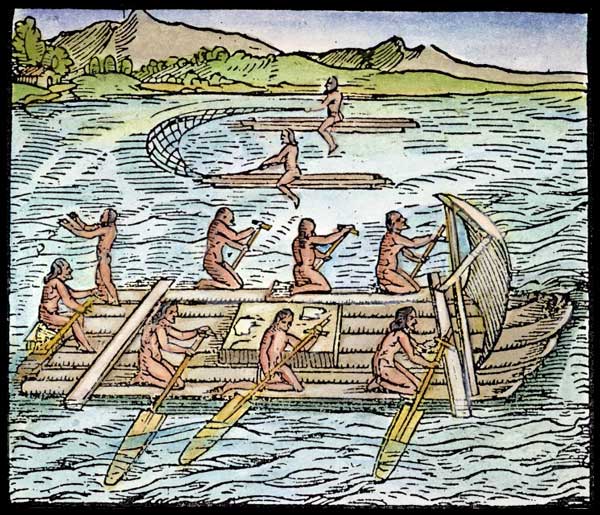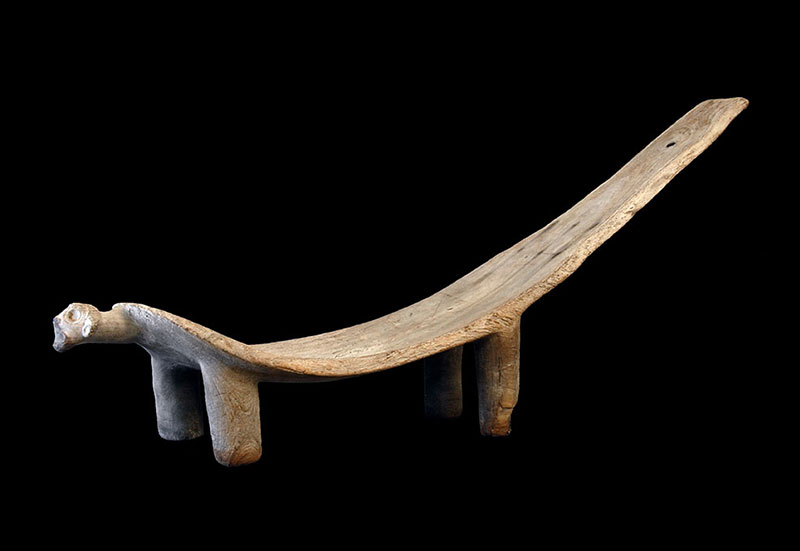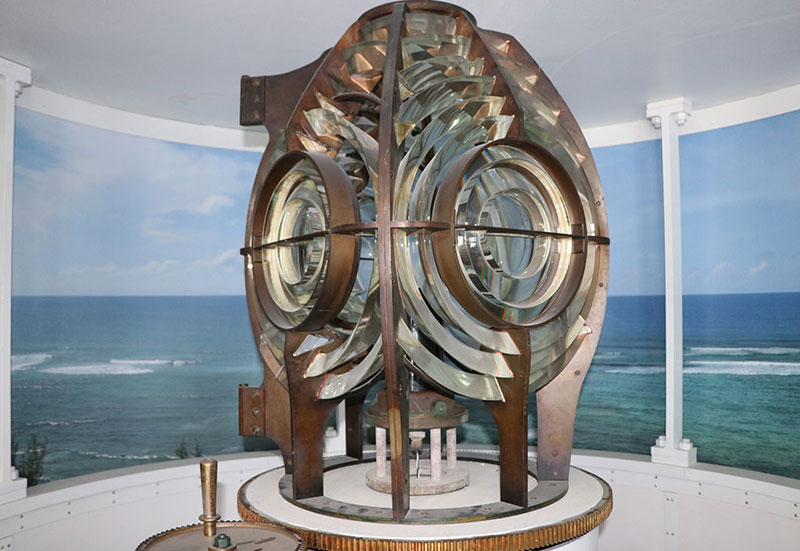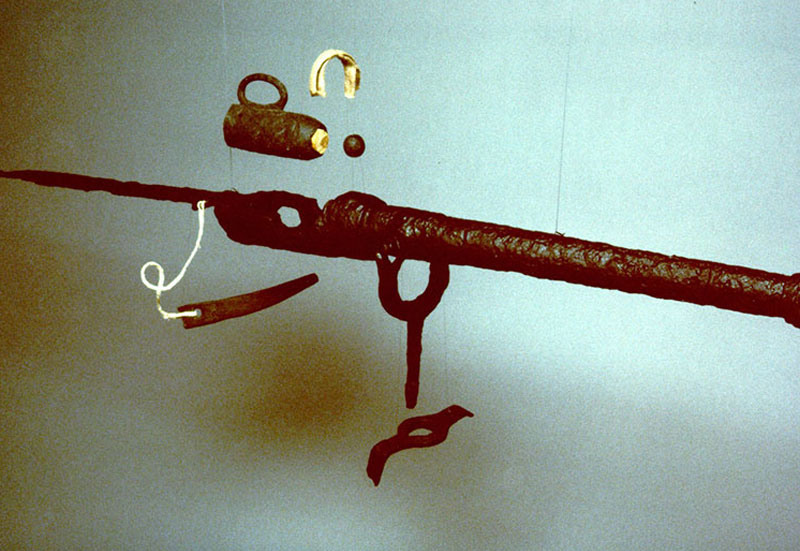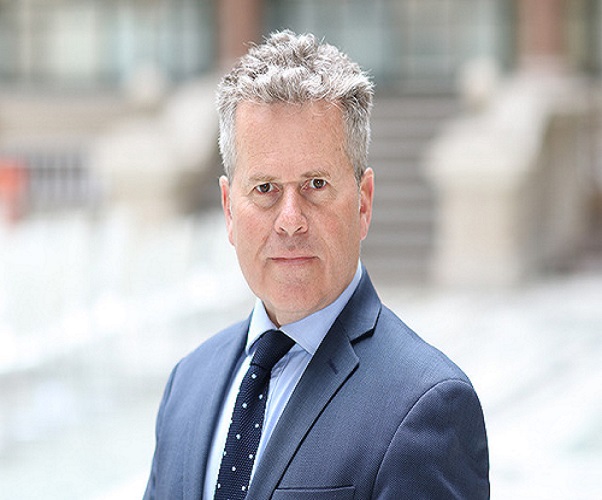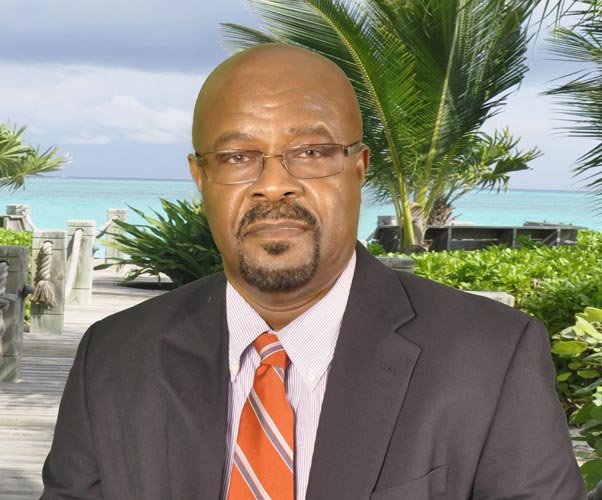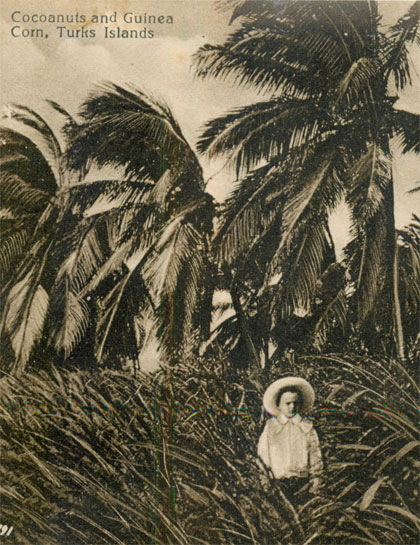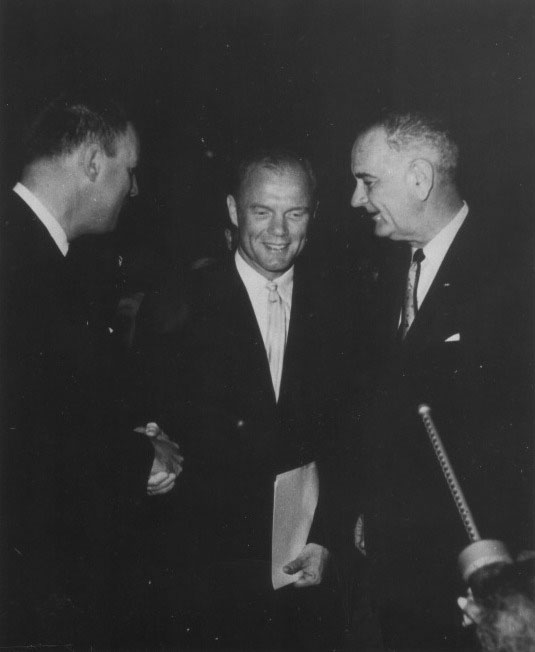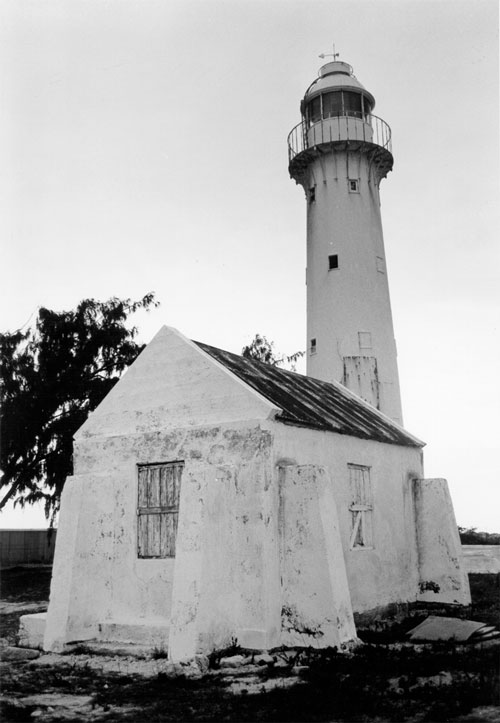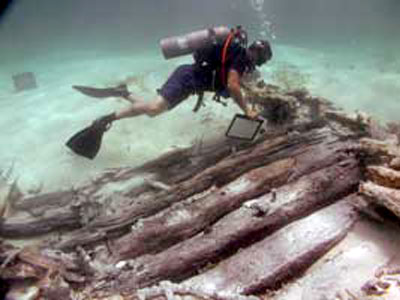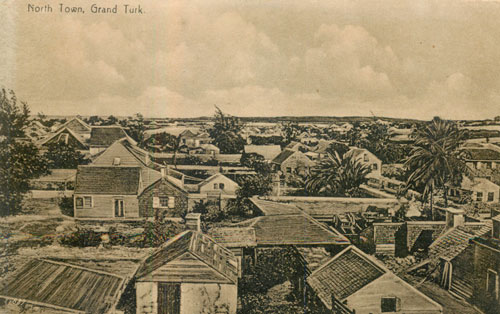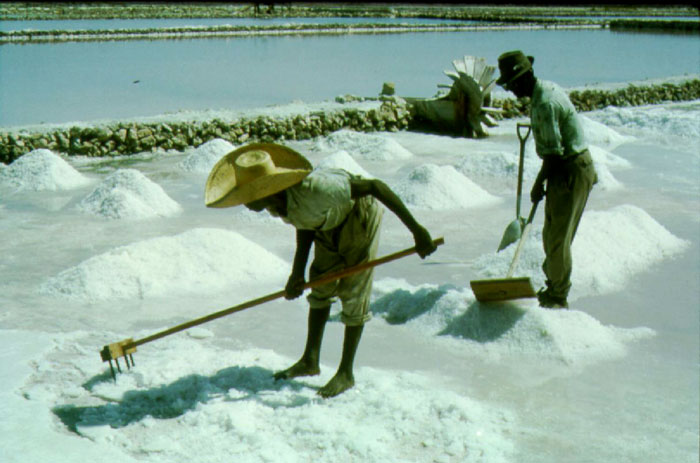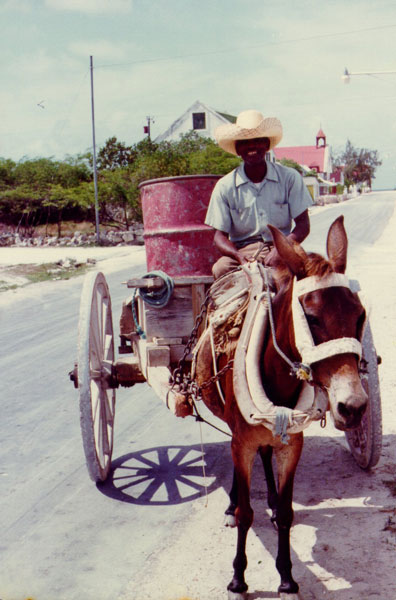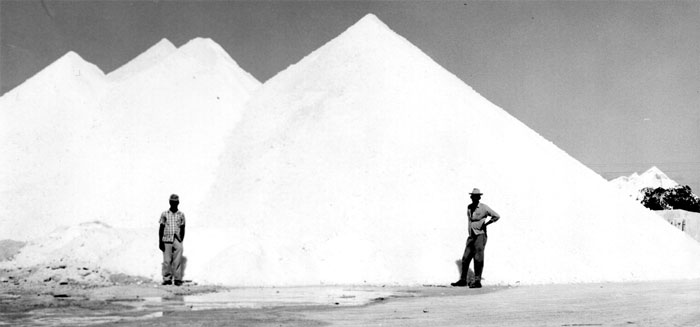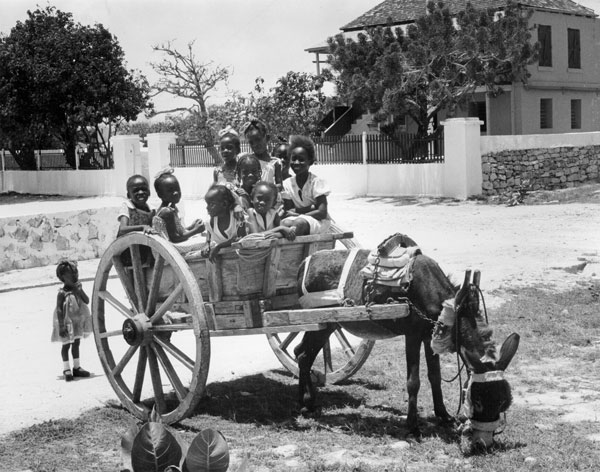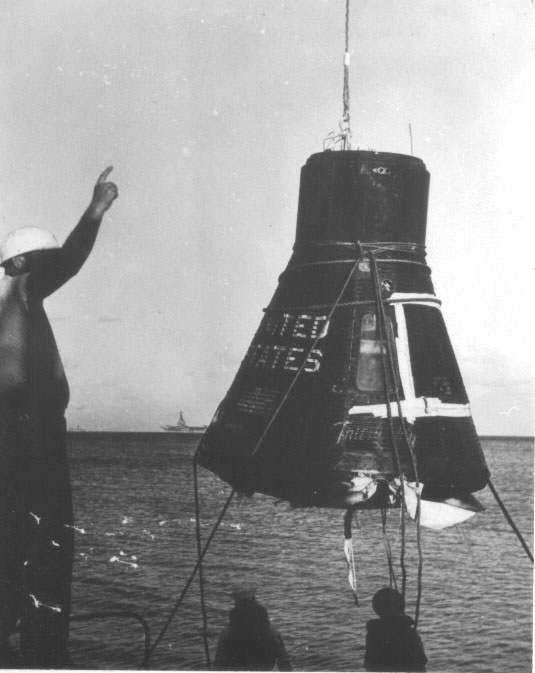By Donald H. Keith, PhD
Chairman of the Board of Trustees
Sapodilla Hill, the southernmost point of Providenciales is one of the most important sites of historical significance in all the Turks and Caicos Islands. For centuries, passengers and crew members whiled away the hours spent waiting for their ships to load and unload in Sapodilla Bay by carving inscriptions into the soft rocks. The inscriptions include the names of many of the most prominent families in the TCI as well as dates and images of houses and ships. In recent years population growth on Provo and resulting increase in visitation to Sapodilla Hill has resulted in breakage, vandalism, and theft of many of the portable stones bearing inscriptions. Concerned that the inscriptions would be stolen or destroyed if left unprotected, the National Museum, DECR, AND Construction and the Do It Center, joined forces to save all the portable stones bearing inscriptions.
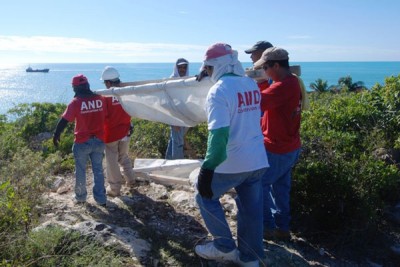 |
| AND Construction team with the “stretcher.” |
The feat was accomplished on Saturday, December 11, in only a few hours. Because the path from the top of the hill is steep, rocky, narrow and impassable for motorized vehicles, plenty of strong backs and several “stretchers” were needed to man-handle 40 stones, some weighing several hundred pounds, more than 100 meters to the nearest road.
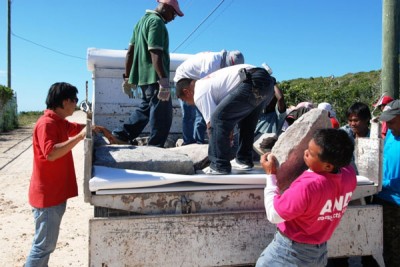 |
| Loading was done carefully and professionally. |
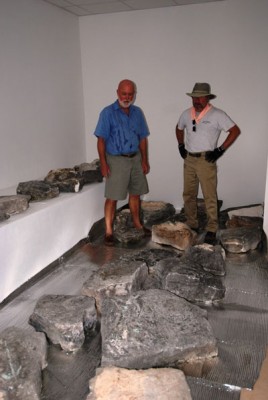 |
| The stones are safe and sound at the Grace Bay building. |
There, the largest stones were loaded into the bed of AND Construction’s truck, thickly padded with heavy insulation material. The remaining stones were placed in the trunks and back seats of four private vehicles for the slow, cautious trip to the Museum’s facility in Grace Bay where they were off-loaded for storage until the next phase of the project begins. Amazingly, there was no damage to the stones or injuries among the work crew.
The National Museum wishes to thank Chris Haggie and the entire AND Construction crew, Ken Adams of the Do It Center, photographer David Stone, architect Jeff Lee, volunteers Duncan, Fraser, and Sally Hutt, and Tom and Jill Linette — two tourists from Allentown, Pennsylvania who stopped by to see the inscriptions but pitched in immediately when they saw we needed help.
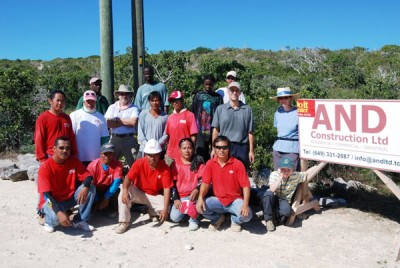 |
| The Sapodilla Hill “Rescue Squad” after a hard day’s work and still smiling. |
It was a great day with a great team! Many thanks to David Stone for taking all the photos.
